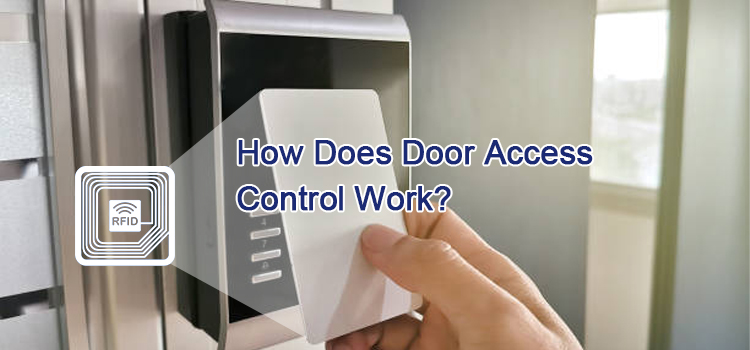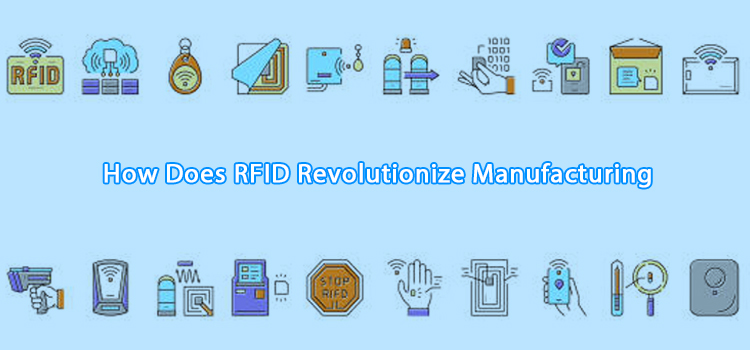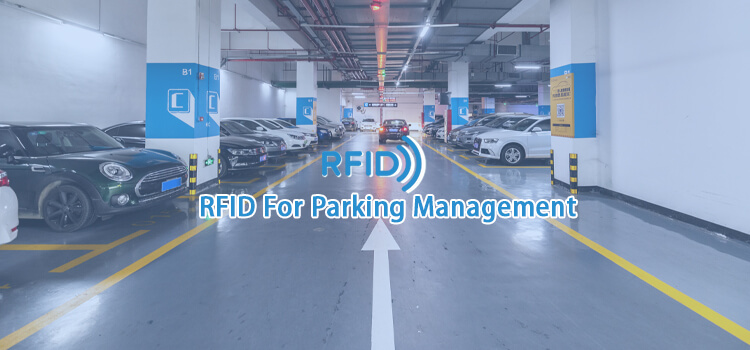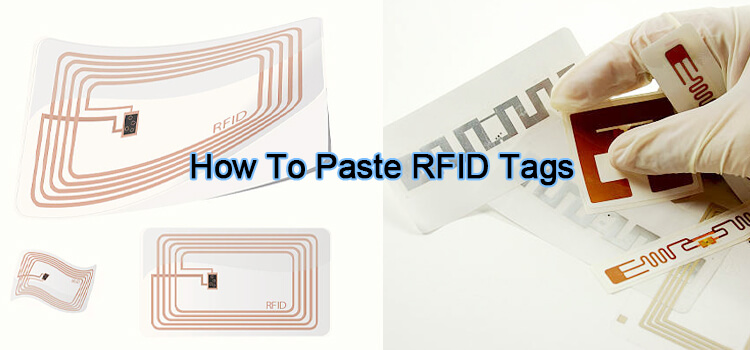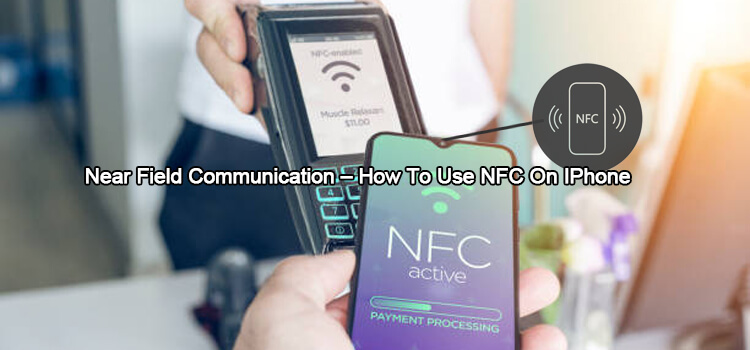Have you been wondering how automatic doors in office buildings work? Well, these doors use a complex technology to allow or deny access to visitors.
RFID is the most common type of door access control technology. It uses electromagnetic fields to identify, authenticate, and allow entry to a person carrying an authorized tag.
If that sounds confusing, worry not. In this article, we explain how automatic doors in office buildings work.
What is Door Access Control System?
A door access control system is a technology used to control and restrict physical access to buildings or rooms. This system uses key fobs, biometric readers, intercom systems, and card readers to grant or deny entry to a person.
How Does Door Access Control Work?
Door access control systems use different types of technologies. The most common type is the radio frequency identification (RFID) system.
An RFID system uses electromagnetic fields to identify and authenticate a person carrying an authorized tag. The tag, which can be a card, key fob, or smartphone, sends a signal to the reader connected to the door control panel. The door panel then activates the door opener mechanism to open the door.
Another type of door access control system is the biometric reader. This system uses fingerprint, iris, or facial recognition to identify and authenticate a person.
The biometric reader captures the person’s biometric data and compares it to the data stored in its database. If the captured data matches the stored data, then the door opens.
Card readers are also used in door access control systems. Card readers work in a similar way to RFID readers. They read the data stored in a card and compare it to the data stored in their database. If the data matches, then the door opens.
Door access control systems can also be used with intercom systems. Intercom systems allow two-way communication between the person at the door and the person inside the building.
The person at the door presses a button to send a signal to the intercom system. The system then sends a signal to the person inside the building, who decides whether to grant entry or not.
RFID Door Access Control Details
An RFID door access system comprises three main components:
- RFID Tags
RFID access control tags are the prerequisites for an RFID door access control system. They are in the form of cards, key fobs, or smartphones. The tags contain data that is used to identify and authenticate a person.
Each guest must have an RFID tag tailor-made to open the door. Each tag has a unique identifier (UID) that is used to identify the person. The UID is stored in the tag’s integrated circuit (IC).
- RFID Readers
RFID readers are devices used to read RFID tags. They are connected to the door control panel and are used to capture the UID of an RFID tag.
When an RFID tag comes into contact with an RFID reader, the UID is read and transmitted to the door control panel. The door control panel then checks if the UID is authorized to enter the building.
If the UID is authorized, then the door opener mechanism is activated, and the door opens.
- Door Control Panel
The door control panel is the brain of an RFID door access control system. It is used to store data, such as the UIDs of authorized guests. It is also used to connect the RFID reader and the door opener mechanism.
When an RFID tag is read, the UID is transmitted to the door control panel. The door control panel then checks if the UID is authorized to enter the building. If the UID is authorized, the door opener mechanism is activated, and the door opens.
Benefits of Door Access Control Systems
There are many benefits of using door access control systems. They include:
- Management of Restricted Areas
Most organizations have high-security zones that are off-limits to unauthorized personnel. Such institutions can use door access control systems to limit access to these areas.
The door access control system can be configured to allow only authorized personnel to enter the restricted area. This feature guarantees a high level of accountability and security.
- Improved Security
Door access control systems improve security by preventing unauthorized people from gaining entry into a building. They also allow organizations to keep track of who enters and exits the building.
This feature is beneficial in case of an emergency since it allows the organization to know who is inside the building and who is not.
- Time-Saving
Door access control systems save time by allowing authorized personnel to enter the building without going through a security check. This is because the door access control system authenticates the person before granting entry.
As such, the admitting process is swift and convenient.
- Reduced Operating Costs
Door access control systems help organizations to reduce operating costs. This is because they eliminate the need for physical keys, which have to be manufactured, distributed, and replaced when lost.
In addition, door access control systems allow organizations to centrally manage and monitor all doors in the building from a single location. This reduces the need for multiple security personnel to be deployed at different locations.
- Improved Customer Service
Delayed access can be frustrating for customers and visitors. Door access control systems improve customer service by granting authorized personnel convenient access to the building.
This reduces waiting times and improves the overall customer experience.
Choosing the Best Door Access Control System
There are many factors to consider when choosing the best door access control system for your organization. They include:
- The Size of the Organization. The door access control system must accommodate the number of doors and users in the organization.
- The Level of Security Required. The door access control system must be able to meet the security needs of the organization.
- The Budget. The door access control system must be affordable and within the budget.
Overall, you should ensure that the door access control system you choose meets your organization’s needs. It must accommodate the number of visitors, be affordable, and offer the level of security required.

